
The Grand Design
艺术家: SANGREE
地点: Yautepec, 墨西哥城
展期: 2017.02.08-04.22
Link:SANGREE at Yautepec
《劳动在从猿到人的转变中的作用》 作者:弗雷德里克·恩格尔
摘要:恩格斯的自然观立足于实践,以辩证法为方法论,探寻人与自然的关系问题。在《劳动在从猿到人的转变中的作用》一文中,恩格斯所阐发的自然观主要包括对劳动在人与自然分化过程中的作用的详细考察、对人与自然和谐统一关系的精辟论述和对人与自然矛盾解决的途径的系统阐释。它给我们的启示在于认清当代生态危机实质是人与人之间的利益对抗关系在人与自然关系上的极端表现;解决当代生态危机的根本出路在于从根本上变革不合理的资本主义社会关系和社会制度;处理好人和人之间在占有和使用自然资源上的利益关系,是实现我国现代化建设实践和环境保护双重胜利的关键。
Adapted from The Part Played by Labor in the Transition from Ape to Man, 1876 —— By Frederick Engels *
Labor is the source of all wealth, the political economists assert. And it really is the source – next to nature, which supplies it with the material that it converts into wealth. But it is even infinitely more than this. It is the prime basic condition for all human existence, and this to such an extent that, in a sense, we have to say that labor created man himself.
All extant anthropoid apes can stand erect and move about on their feet alone, but only in case of urgent need and in a very clumsy way. Their natural gait is in a half-erect posture and includes the use of the hands.
The first operations for which our ancestors gradually learned to adapt their hands during the many thousands of years of transition from ape to man could have been only very simple ones. Before the first flint could be fashioned into a knife by human hands, a period of time probably elapsed in comparison with which the historical period known to us appears insignificant. But the decisive step had been taken, the hand had become free and could henceforth attain ever greater dexterity; the greater flexibility thus acquired was inherited and increased from generation to generation.
Thus the hand is not only the organ of labor, it is also the product of labor. Only by labor, by adaptation to ever new operations, through the inheritance of muscles, ligaments, and, over longer periods of time, bones that had undergone special development and the ever-renewed employment of this inherited finesse in new, more and more complicated operations, have given the human hand the high degree of perfection required to conjure into being the pictures of a Raphael, the statues of a Thorwaldsen, the music of a Paganini.
But the hand did not exist alone, it was only one member of an integral, highly complex organism. And what benefited the hand, benefited also the whole body it served.
The development of labor necessarily helped to bring the members of society closer together by increasing cases of mutual support and joint activity, and by making clear the advantage of this joint activity to each individual. In short, men in the making arrived at the point where they had something to say to each other. Necessity created the organ; the undeveloped larynx of the ape was slowly but surely transformed by modulation to produce constantly more developed modulation, and the organs of the mouth gradually learned to pronounce one articulate sound after another.
The reaction on labor and speech of the development of the brain and its attendant senses, of the increasing clarity of consciousness, power of abstraction and of conclusion, gave both labor and speech an ever-renewed impulse to further development. This further development has been strongly urged forward, on the one hand, and guided along more definite directions, on the other, by a new element which came into play with the appearance of fully-fledged man, namely, society.
Hundreds of thousands of years – of no greater significance in the history of the earth than one second in the life of man – certainly elapsed before human society arose out of a troupe of tree-climbing monkeys. Yet it did finally appear. And what do we find once more as the characteristic difference between the troupe of monkeys and human society? Labor.
Labor begins with the making of tools. And what are the most ancient tools that we find – the most ancient judging by the heirlooms of prehistoric man that have been discovered, and by the mode of life of the earliest historical peoples and of the rawest of contemporary savages? They are hunting and fishing implements, the former at the same time serving as weapons. But hunting and fishing presuppose the transition from an exclusively vegetable diet to the concomitant use of meat, and this is another important step in the process of transition from ape to man.
The meat diet led to two new advances of decisive importance – the harnessing of fire and the domestication of animals. The first still further shortened the digestive process, as it provided the mouth with food already, as it were, half-digested; the second made meat more copious by opening up a new, more regular source of supply in addition to hunting, and moreover provided, in milk and its products, a new article of food at least as valuable as meat in its composition. Thus both these advances were, in themselves, new means for the emancipation of man.
Just as man learned to consume everything edible, he also learned to live in any climate. He spread over the whole of the habitable world, being the only animal fully able to do so of its own accord. And the transition from the uniformly hot climate of the original home of man to colder regions, where the year was divided into summer and winter, created new requirements – shelter and clothing as protection against cold and damp, and hence new spheres of labor, new forms of activity, which further and further separated man from the animal.
By the combined functioning of hand, speech organs and brain, not only in each individual but also in society, men became capable of executing more and more complicated operations, and were able to set themselves, and achieve, higher and higher aims. The work of each generation itself became different, more perfect and more diversified. Agriculture was added to hunting and cattle raising; then came spinning, weaving, metalworking, pottery and navigation. Along with trade and industry, art and science finally appeared. Tribes developed into nations and states. Law and politics arose, and with them that fantastic reflection of human things in the human mind – religion. In the face of all these images, which appeared in the first place to be products of the mind and seemed to dominate human societies, the more modest productions of the working hand retreated into the background, the more so since the mind that planned the labor was able, at a very early stage in the development of society (for example, already in the primitive family), to have the labor that had been planned carried out by other hands than its own. All merit for the swift advance of civilization was ascribed to the mind, to the development and activity of the brain. Men became accustomed to explain their actions as arising out of thought instead of their needs (which in any case are reflected and perceived in the mind); and so in the course of time there emerged that idealistic world outlook which, especially since the fall of the world of antiquity, has dominated men’s minds. It still rules them to such a degree that even the most materialistic natural scientists of the Darwinian school are still unable to form any clear idea of the origin of man, because under this ideological influence they do not recognize the part that has been played therein by labor.
© all images copyright and courtesy of the artist and Yautepec, Mexico City;Photography by PJ Rountree
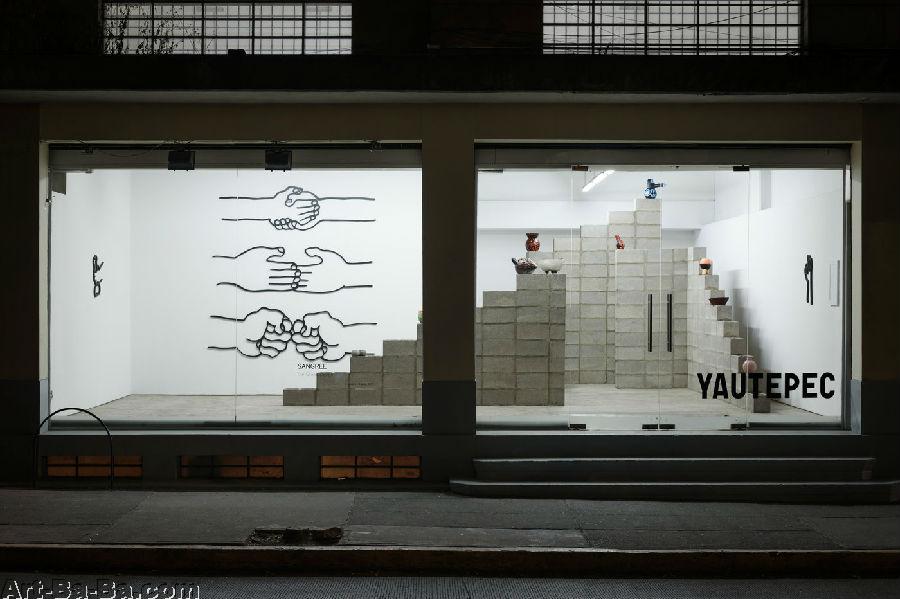
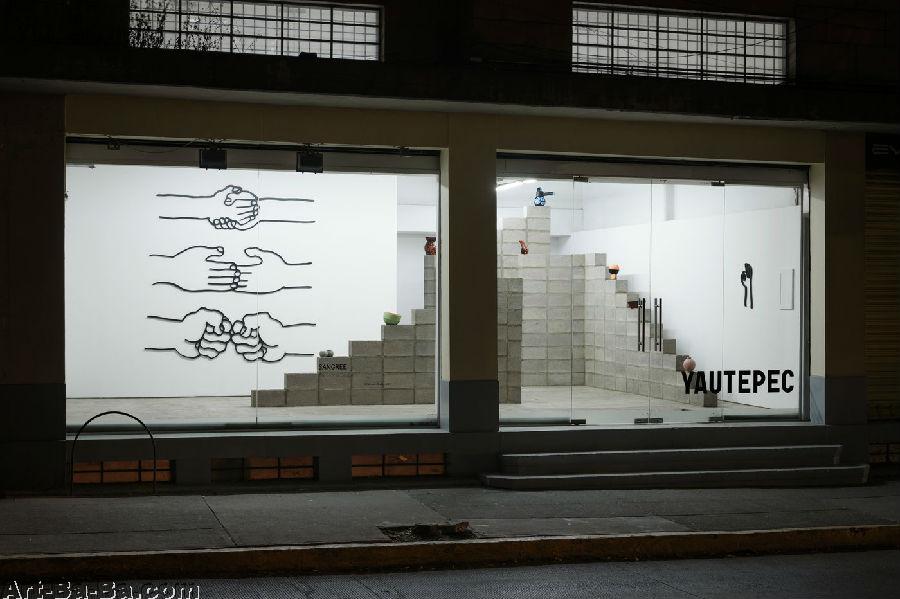
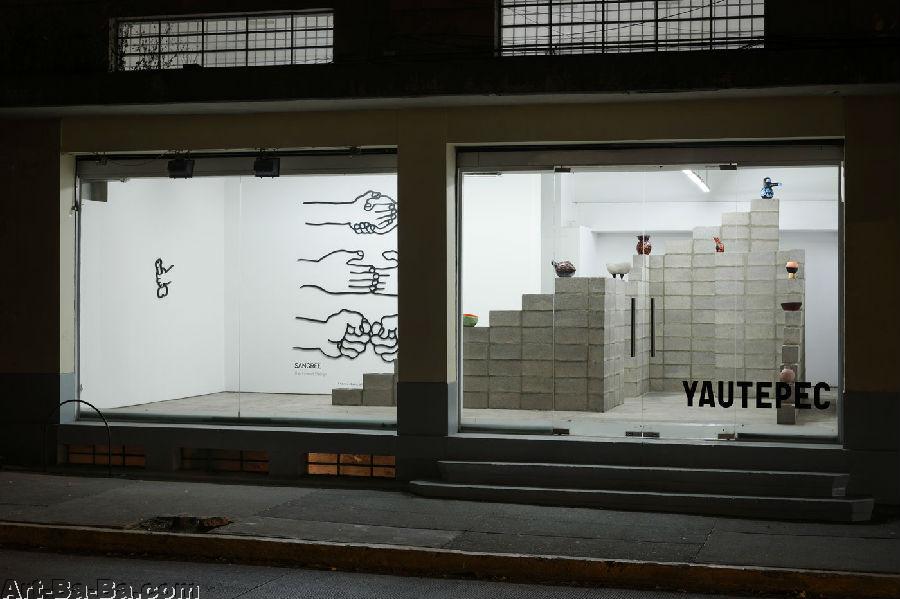

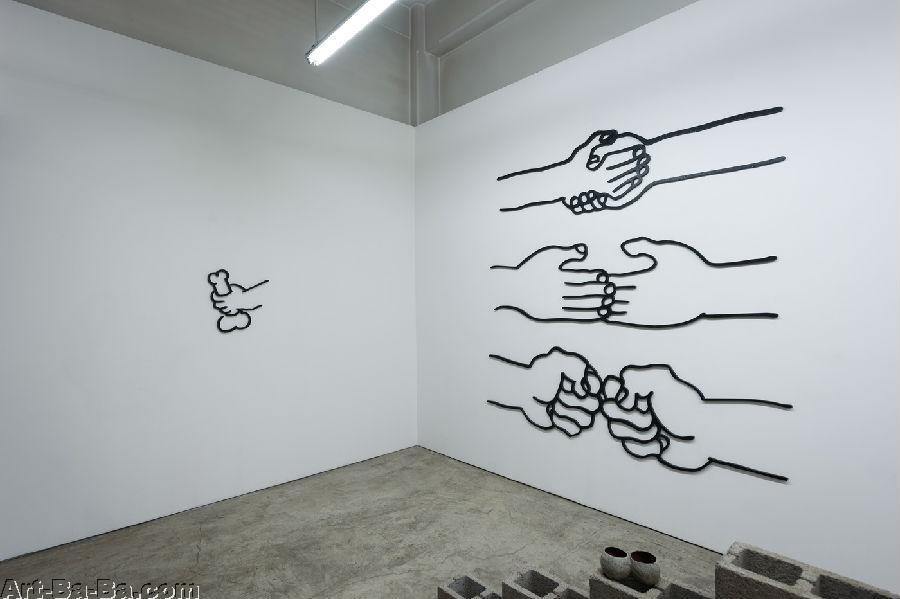
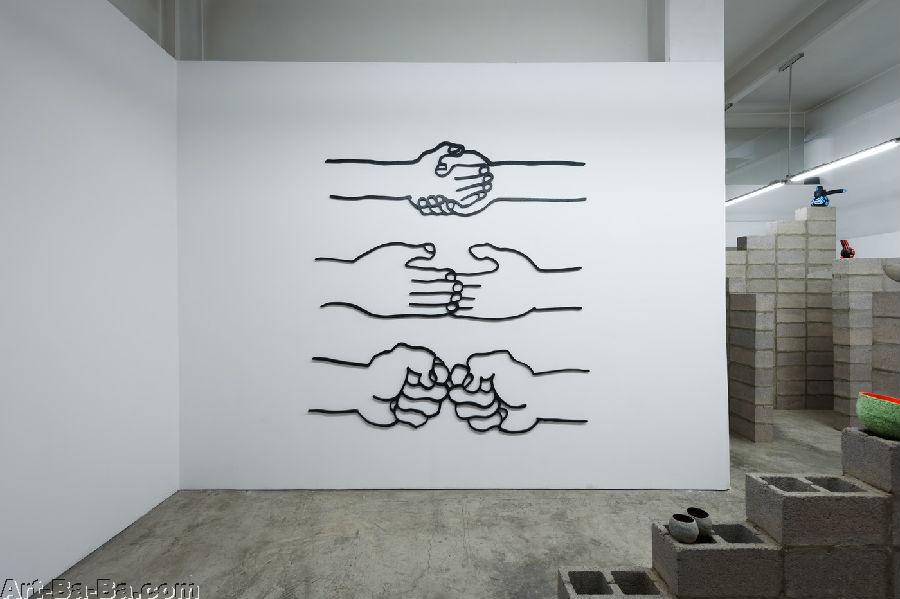
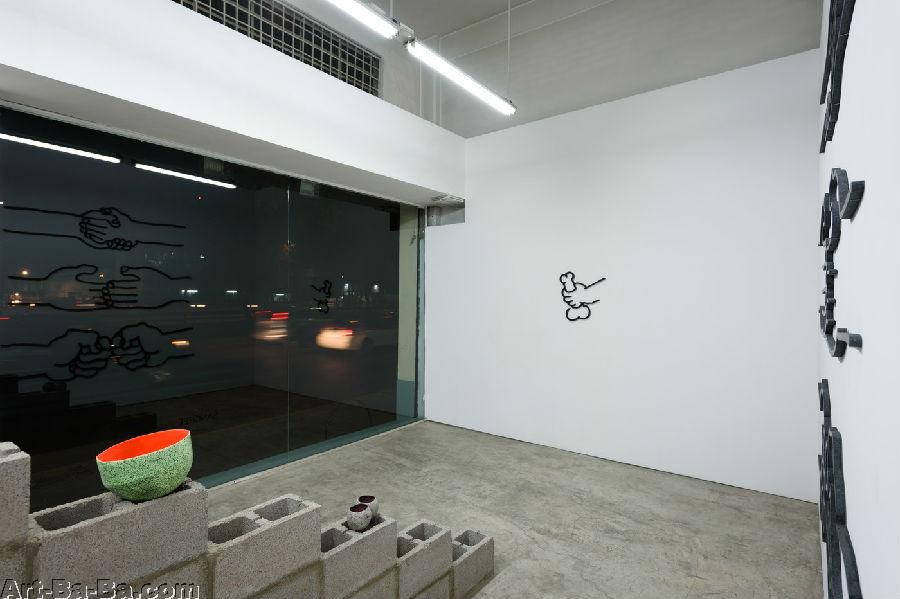
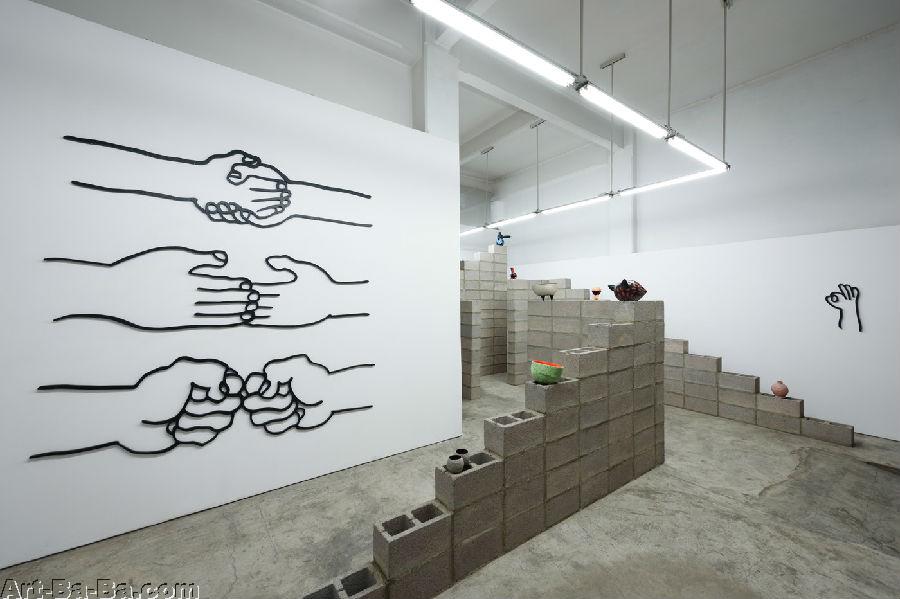


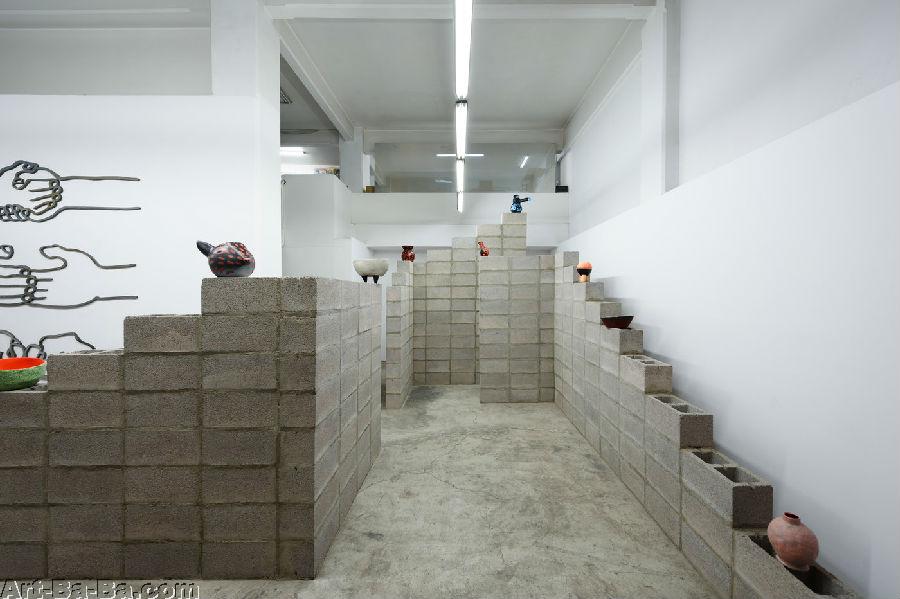
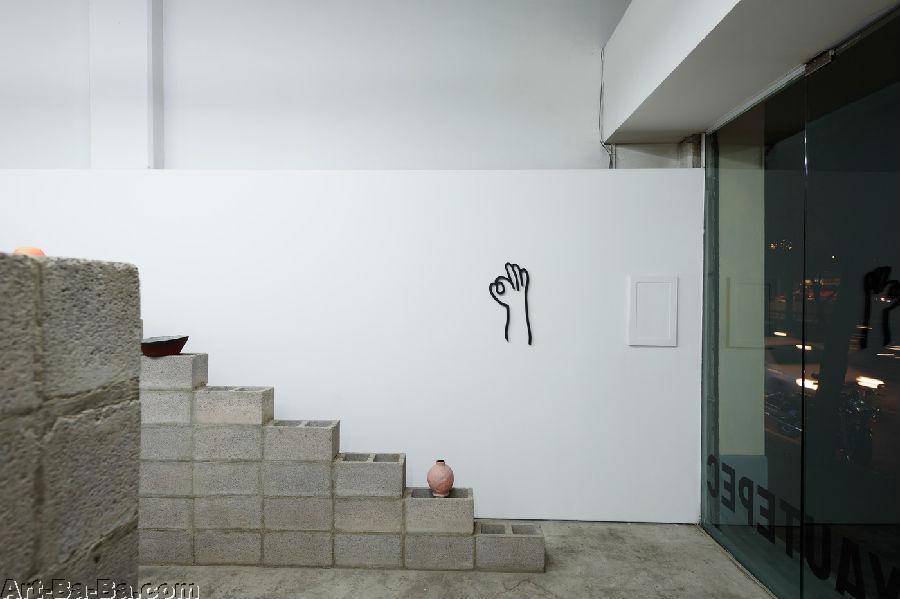
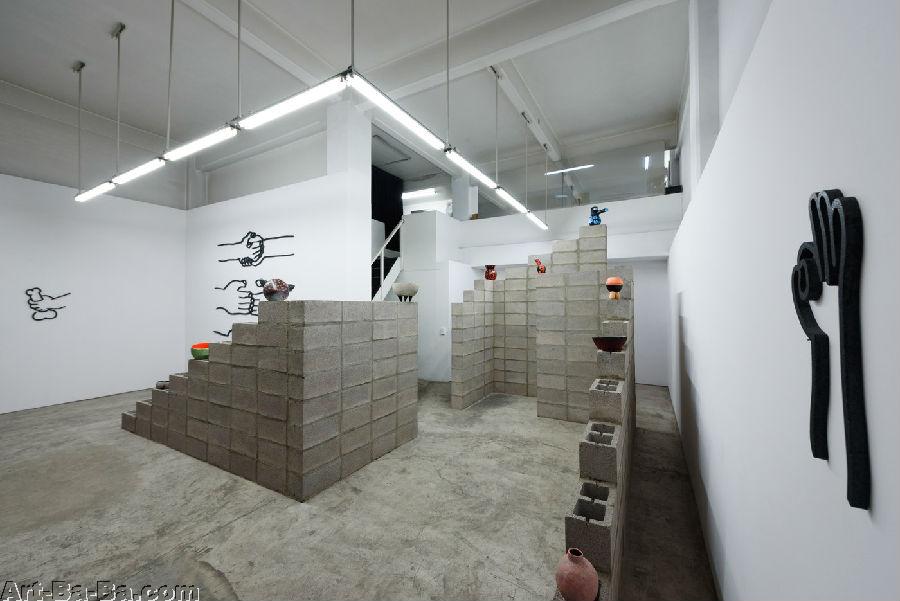
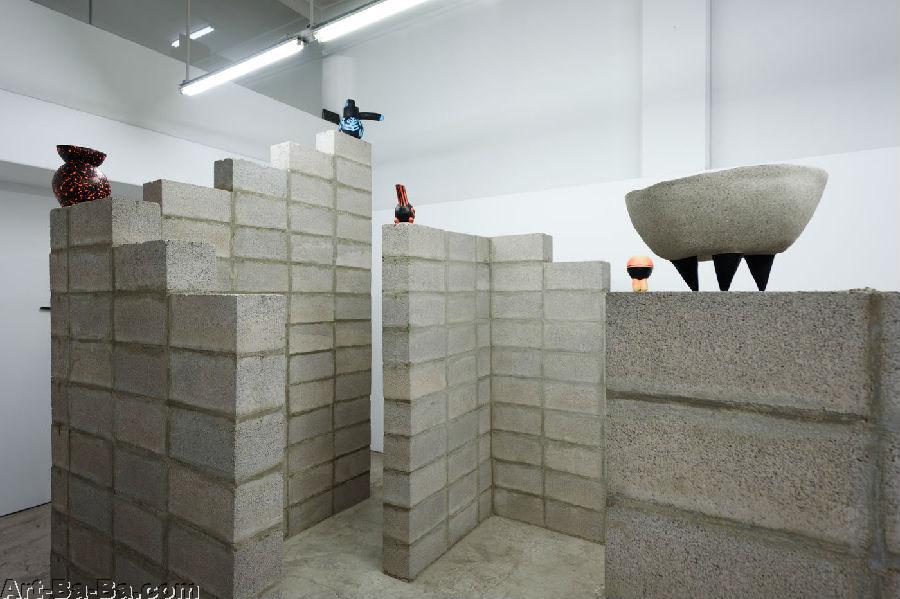
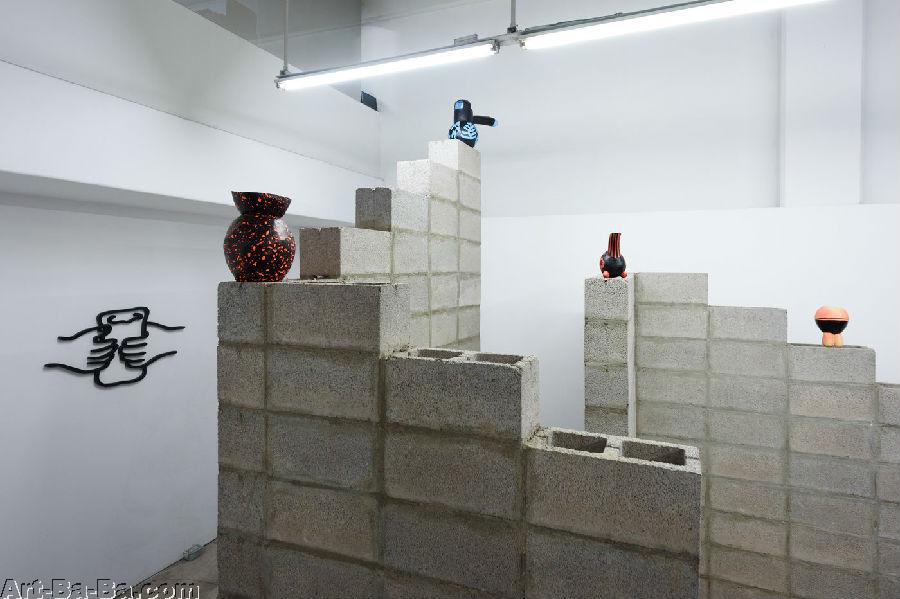



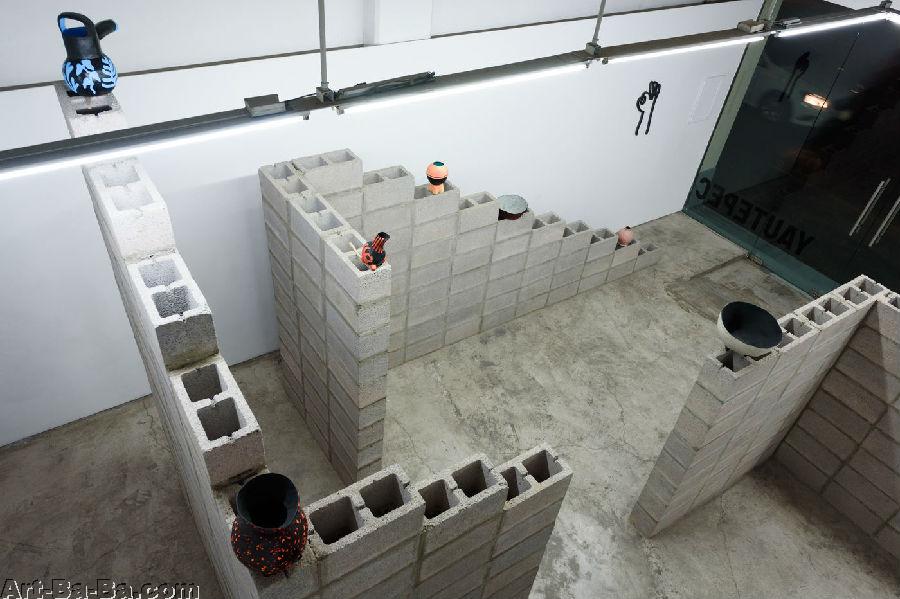

SANGREE, Harmony, 2017, Waterjet-cut granite, 23” x 11” x 1” / 58 x 28 x 2 cm

SANGREE, The Awakening, 2017, Waterjet-cut granite, 19.5” x 18” x 1” / 50 x 46 x 2 cm
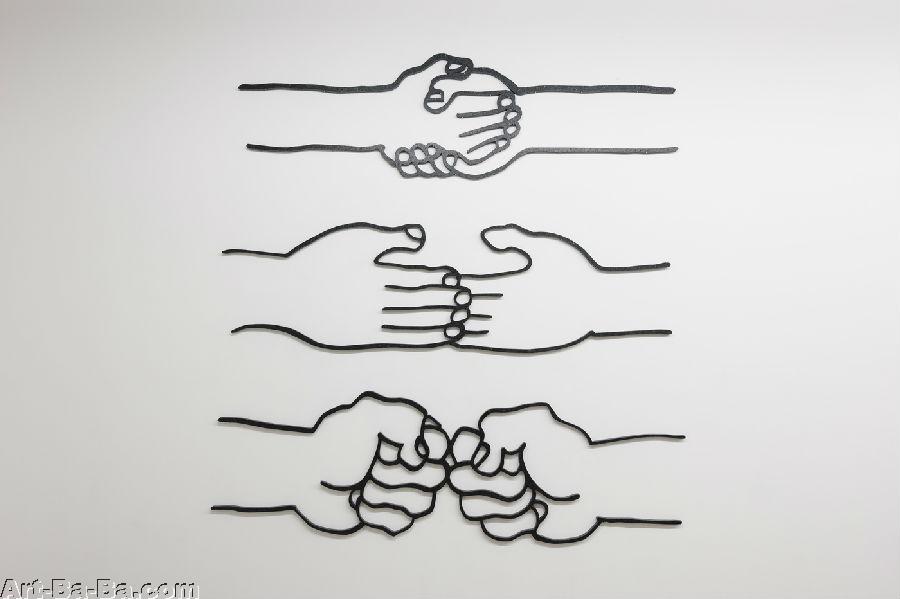
SANGREE, Dignity and Pride, 2017, Waterjet-cut granite, 92.5” x 92.5” x 1” / 235 x 235 x 2 cm

SANGREE, Birth, 2017, Waterjet-cut granite, 19” x 35.5” x 1” / 48 x 90 x 2 cm
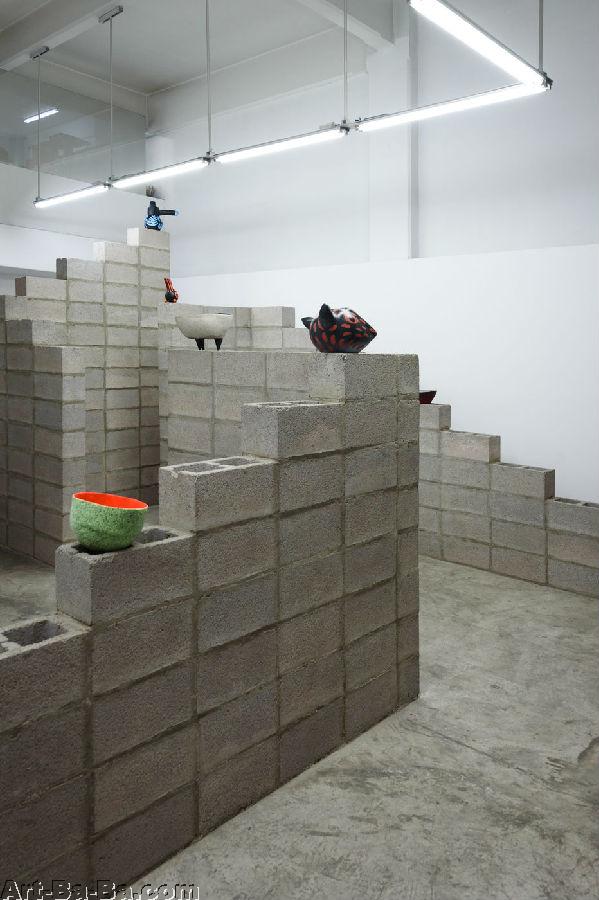
SANGREE, The Grand Design, 2017, Cinderblock. gesso, papier-mâché, paint, Dimensions variable
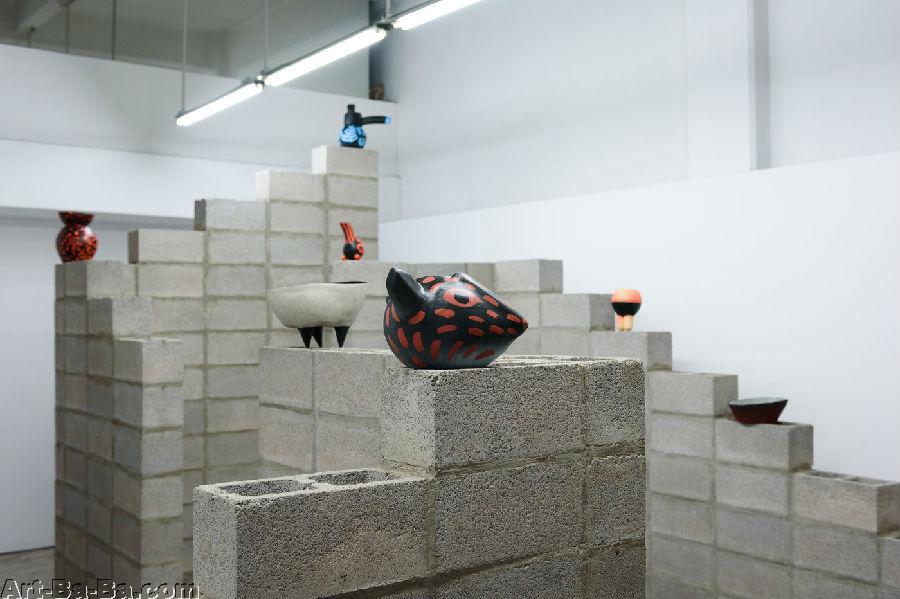
SANGREE, The Grand Design, 2017, Cinderblock. gesso, papier-mâché, paint, Dimensions variable
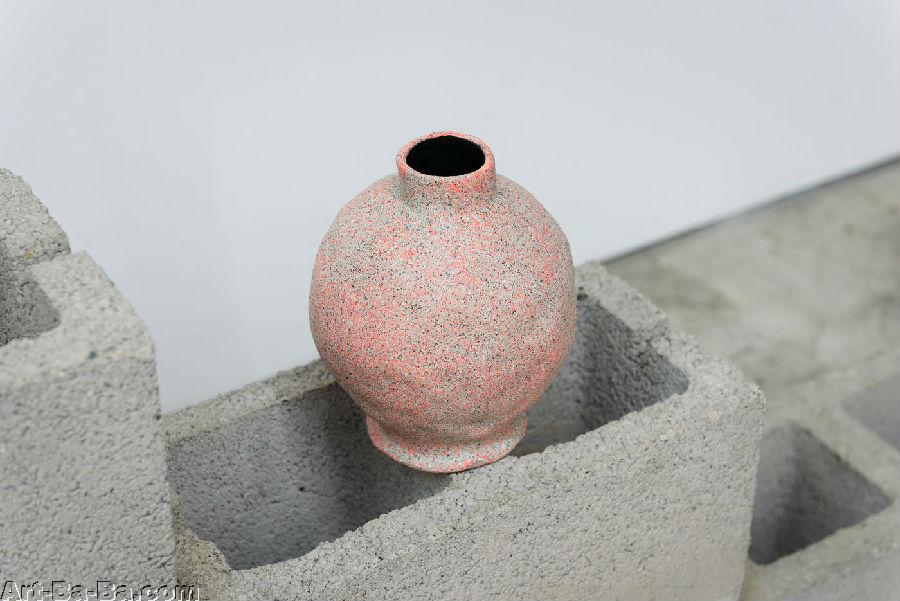
SANGREE, The Grand Design, 2017, Cinderblock. gesso, papier-mâché, paint, Dimensions variable
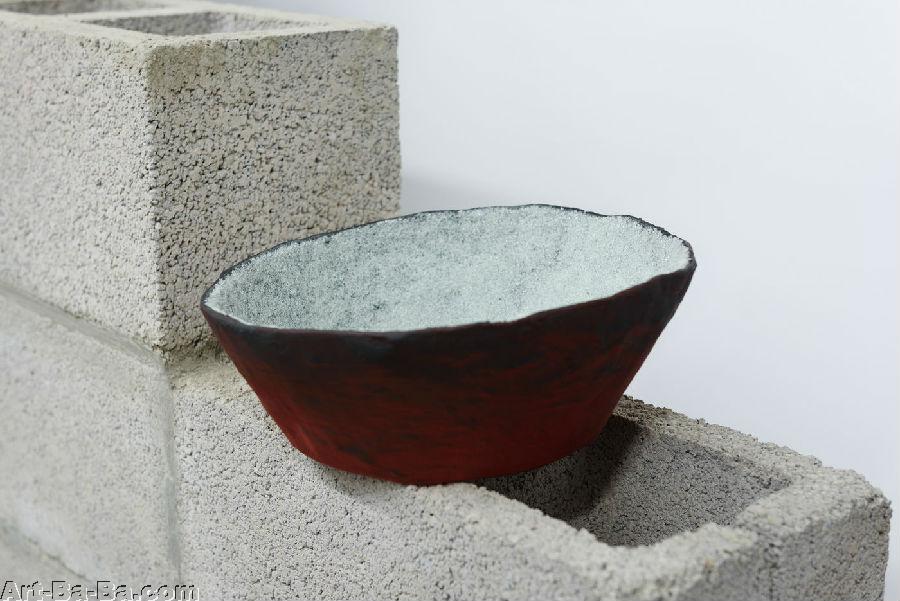
SANGREE, The Grand Design, 2017, Cinderblock. gesso, papier-mâché, paint, Dimensions variable
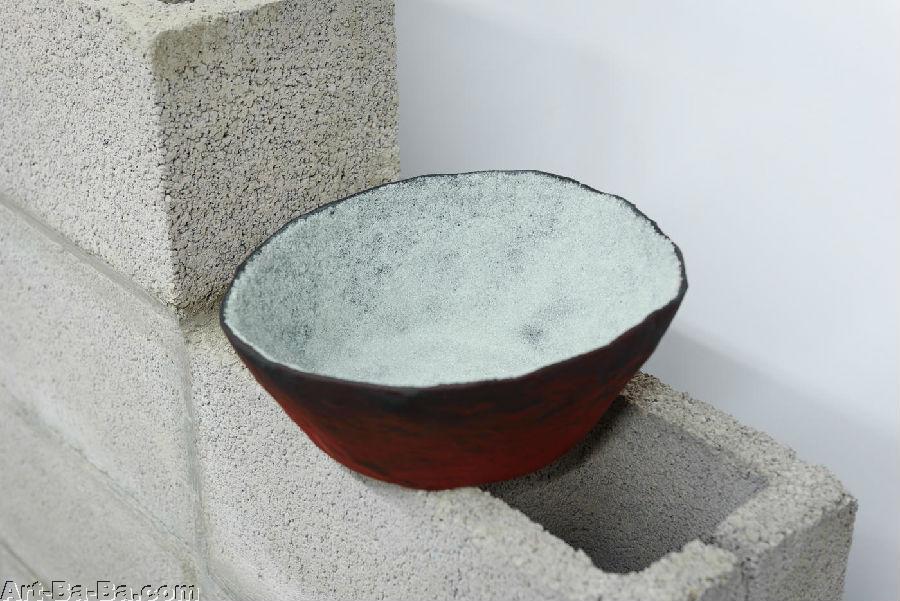
SANGREE, The Grand Design, 2017, Cinderblock. gesso, papier-mâché, paint, Dimensions variable
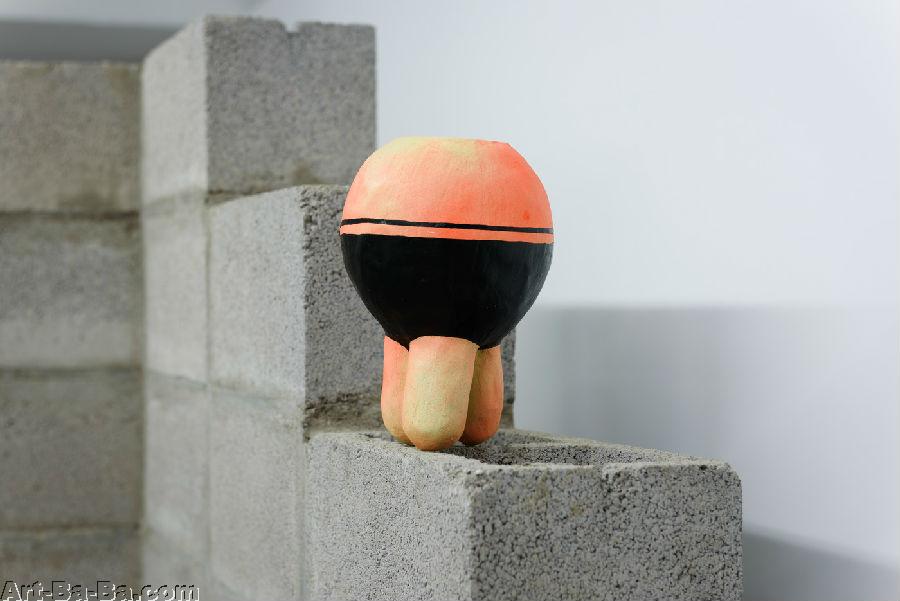
SANGREE, The Grand Design, 2017, Cinderblock. gesso, papier-mâché, paint, Dimensions variable
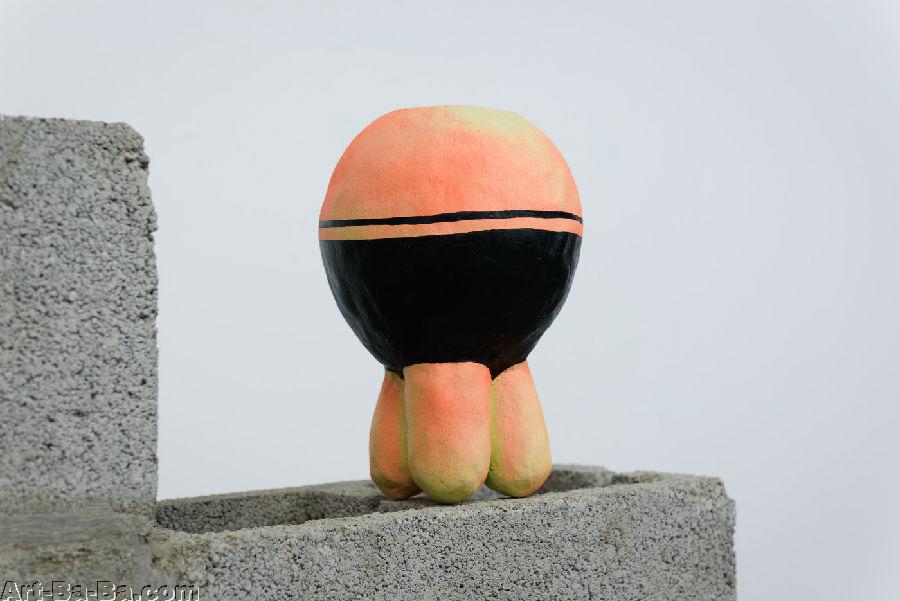
SANGREE, The Grand Design, 2017, Cinderblock. gesso, papier-mâché, paint, Dimensions variable

SANGREE, The Grand Design, 2017, Cinderblock. gesso, papier-mâché, paint, Dimensions variable

SANGREE, The Grand Design, 2017, Cinderblock. gesso, papier-mâché, paint, Dimensions variable
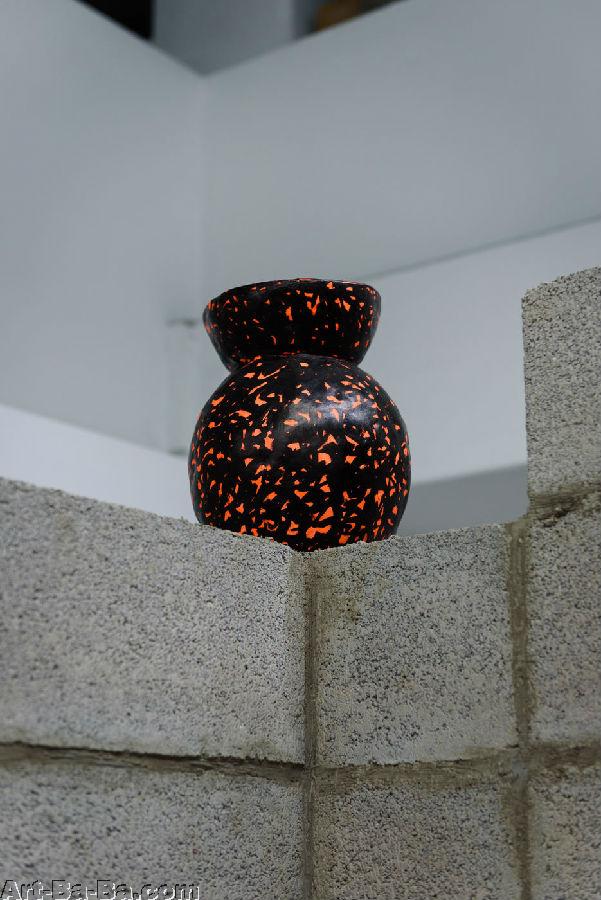
SANGREE, The Grand Design, 2017, Cinderblock. gesso, papier-mâché, paint, Dimensions variable

SANGREE, The Grand Design, 2017, Cinderblock. gesso, papier-mâché, paint, Dimensions variable

SANGREE, The Grand Design, 2017, Cinderblock. gesso, papier-mâché, paint, Dimensions variable

SANGREE, The Grand Design, 2017, Cinderblock. gesso, papier-mâché, paint, Dimensions variable
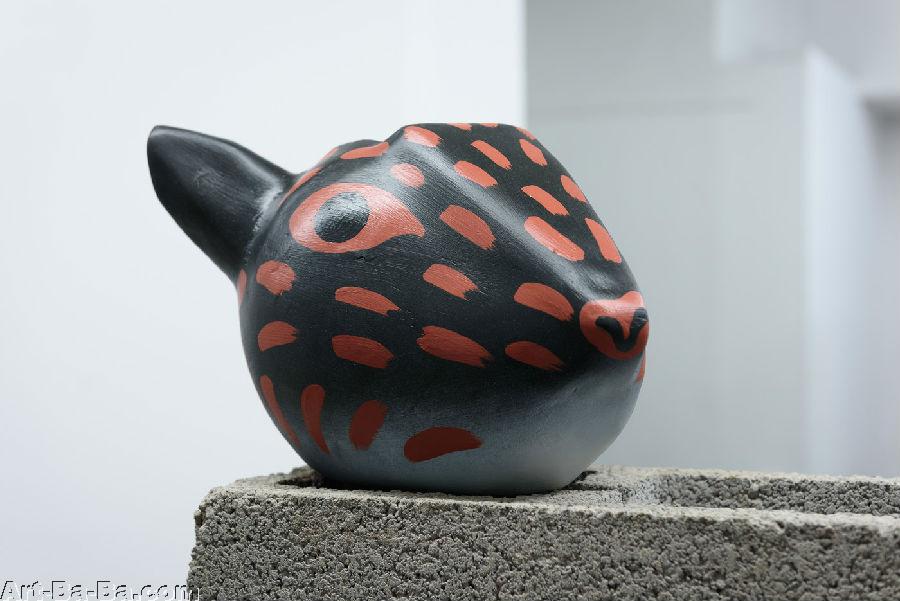
SANGREE, The Grand Design, 2017, Cinderblock. gesso, papier-mâché, paint, Dimensions variable
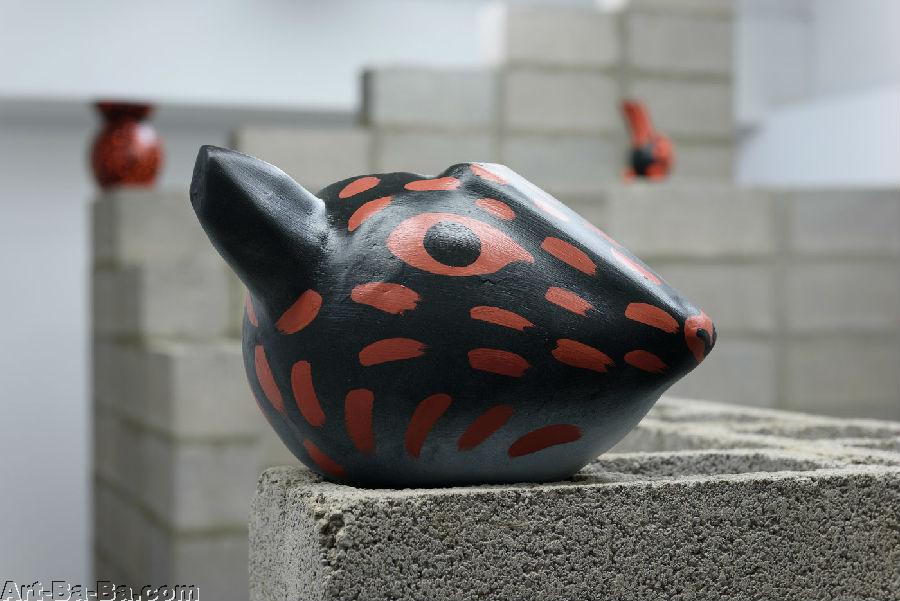
SANGREE, The Grand Design, 2017, Cinderblock. gesso, papier-mâché, paint, Dimensions variable
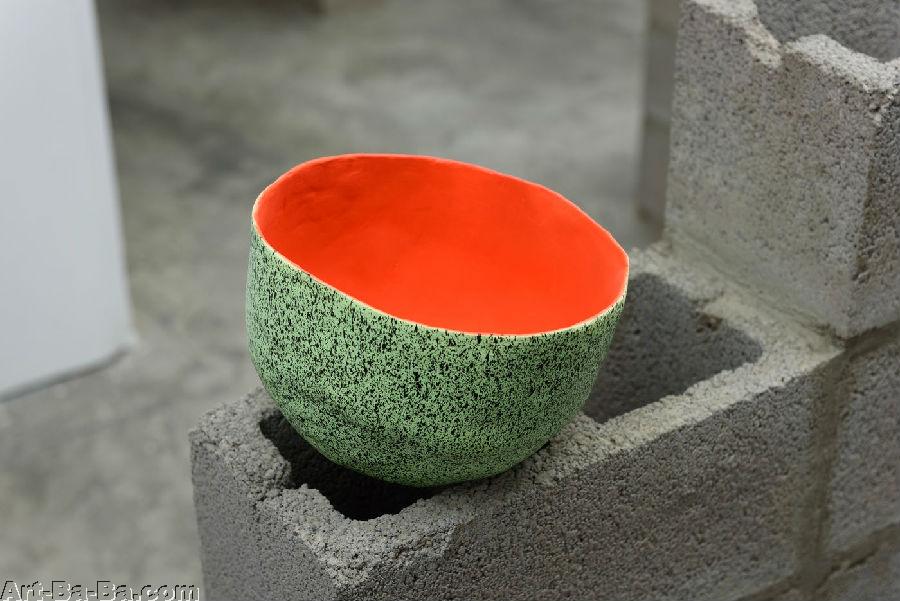
SANGREE, The Grand Design, 2017, Cinderblock. gesso, papier-mâché, paint, Dimensions variable

SANGREE, The Grand Design, 2017, Cinderblock. gesso, papier-mâché, paint, Dimensions variable